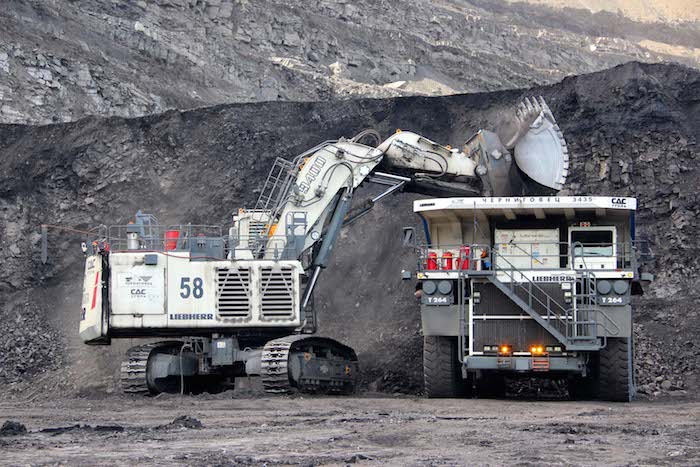

China has revised the requirement on domestic power plants’ in-house coal stocks to 7-12 days during the peak generation season, with the cap adjusted down from the original 15 days at the minimum, the country’s National Development and Reform Commission (NDRC) shared in on September 21, which is to help stabilize coal supply volumes and prices to these power houses.
Coal stocks build-ups among the domestic power generators in the off season will get them prepared for the higher consumption in the peak season such as winter and lowering the day cap will probably ease the pressure in the domestic coal market with a mismatch in rising demand while rather stable coal production, according to NDRC.
The latest requirement has closely followed the Chinese authorities’ request for the Chinese power houses and heating supply enterprises to lock in their 100% coal supply with domestic miners via medium- and long-term deals, both to guarantee their coal consumption at relatively reasonable prices, Mysteel Global noted from recent government announcements including the NDRC post.
Any power plants with coal stocks lower than seven days of duration will be prioritized by the related authorities and coal miners in delivery, as this is a bottom line for steady power supply, according to the post.
“The cut on the maximum days may significantly lessen the pressure on Chinese power houses in replenishing coal,” said a coal analyst in North China’s Shanxi, as coal trucks had been queuing up in a long row outside coal mines for loading and end-users such as power houses have been in a rush to buy to meet the original guidelines, he added.
A trader from East China agreed, expecting that the fine-tuning in government guidelines will also liquidate the coal supplies, as “coal supply to end-users tends to be imbalanced now and then, with some well-supplied while the others struggling with getting hold of cargoes, and the rush for stocking up will ebb,” he added.
Recently, NDRC and National Energy Administration have also sent working teams to the country’s key coal producers and ports to ensure coal supply and coal price stability, NDRC disclosed in another post on September 21.
So far in 2021, China’s coal prices have been surging mainly due to the mismatch in demand and supply, as the growth in the former has outpaced the latter, and the China’s related authorities including NDRC have implemented a series of measures to ease the mismatch, among which are reopening of some long idled mines, and maximizing coal output among the domestic miners safely, as reported.
China experienced power supply shortage in the winter of 2020-2021 partly due to the substantial rises in the consumption by power-intensive enterprises such as steel, aluminum, and ferroalloys, which have all been under the curbing starting July as part of the efforts to prevent the recurrence of blackouts in some regions n the coming winter, Mysteel Global noted.
Source: Sean Xie and Hongmei Li













